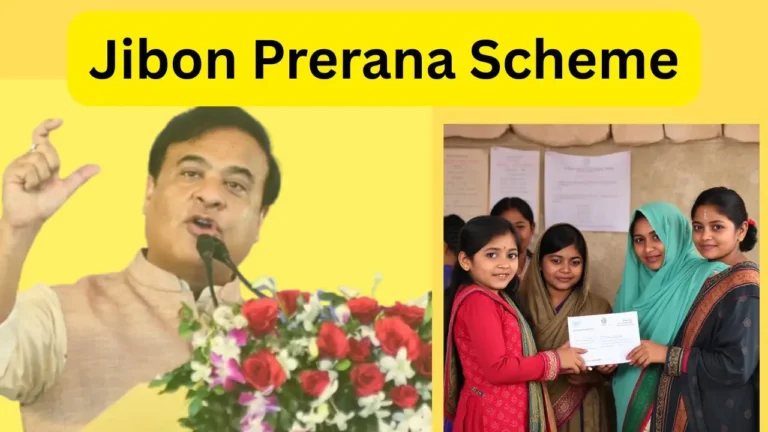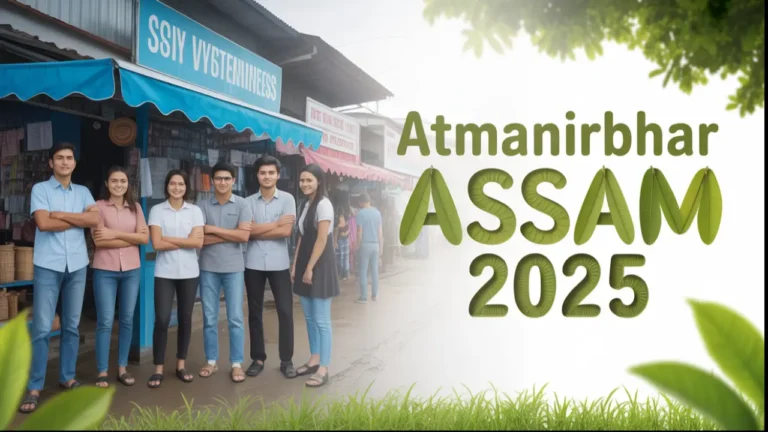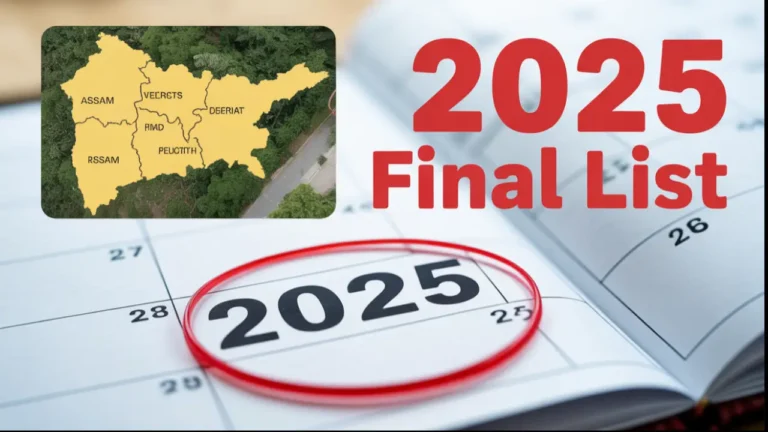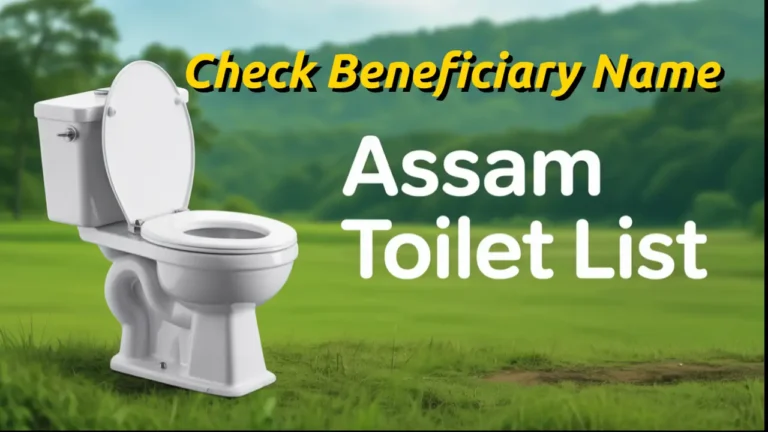Orunodoi 3.0 Begins 7 October 2025: Eligibility, Documents & Application Process
The landscape of social welfare in Assam is about to witness a major transformation. The state government has officially announced the launch of Orunodoi 3.0, the latest and most ambitious phase of its flagship Direct Benefit Transfer (DBT) program. This new chapter begins on October 7, 2025, and is expected to reshape the lives of millions of women across the state.
Under Orunodoi 3.0, nearly 30 lakh women from economically weaker households will receive ₹1,250 every month, directly into their bank accounts. This isn’t just another welfare scheme—it’s a powerful push toward financial independence, nutritional support, and social security for women-led families in Assam.
Orunodoi 3.0 Begins 7 October 2025
The Assam government has confirmed that the scheme’s latest phase will roll out on 7 October 2025. On this date, a much larger number of women beneficiaries will start receiving enhanced financial assistance of ₹1,250 each month. The money will be transferred through Direct Benefit Transfer (DBT), ensuring transparency and eliminating middlemen.
This expansion shows the government’s continued commitment to building a stronger social safety net for vulnerable families and women-led households across the state.
What is Orunodoi 3.0?
The Orunodoi Scheme, launched in 2020, literally means “Dawn”. It was designed as a safety net for low-income families, with women recognized as the financial backbone of households. The program ensures a steady monthly cash flow to cover essentials like food, medicines, and other nutritional needs.
Now with Orunodoi 3.0, the government has not only expanded the coverage but also raised the assistance amount, marking a clear step forward in its mission to fight poverty and empower women.
Key Features of Orunodoi 3.0
Here are the most important highlights of the scheme’s new phase:
| Feature | Details |
|---|---|
| Launch Date | October 7, 2025 |
| Monthly Assistance | ₹1,250 per month |
| Total Beneficiaries | About 30 lakh women across Assam |
| Mode of Transfer | Direct Benefit Transfer (DBT) into the woman’s bank account |
| Primary Focus | Financial independence, nutritional support, and social upliftment |
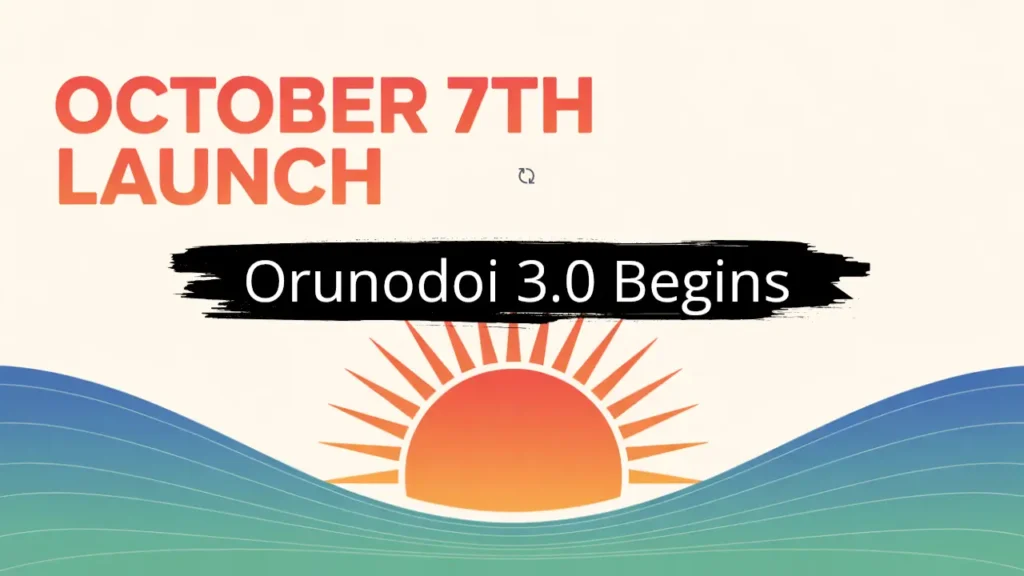
Eligibility for Orunodoi 3.0 Scheme
The scheme is linked to the National Food Security Act (NFSA) and targets households most in need.
Must-Have Criteria
- Applicant must be a permanent resident of Assam.
- Applicant must be a woman from an economically disadvantaged family.
- Household annual income generally capped at ₹2 lakh per year.
- Family must hold a valid Ration Card (NFSA card) linked with Aadhaar.
- Bank account must be in the name of the woman applicant.
Priority Categories
Special preference will be given to:
- Widows, divorced, or separated women
- Unmarried women above 45 years
- Transgender individuals
- Persons with disabilities (Divyangjan)
- Women from households with members suffering from serious illnesses (HIV, Thalassemia, Autism, etc.)
- Destitute women dependent on alms
Exclusion Criteria
Certain households will not be eligible, such as:
- Families with a government employee (state or central)
- Households with income tax payers
- Families owning four-wheelers, large landholdings, or luxury assets
How to Apply for Orunodoi 3.0
The government is working to streamline the application process by linking it with the existing NFSA database, reducing paperwork. Still, for those applying, the process usually involves:
- Form Collection – Available at Gaon Panchayat offices (rural) or Urban Local Body offices (urban).
- Document Submission – Submit form with:
- Aadhaar Card
- NFSA Ration Card
- Income Certificate
- Residential Proof (Voter ID or PRC)
- Bank Account details of the woman applicant
- Disability/Caste Certificate (if applicable)
- Verification – Local authorities verify eligibility.
- Inclusion & DBT – Once verified, funds are transferred directly to the beneficiary’s bank account, usually on the 10th of each month.
Impact of Orunodoi 3.0
This scheme is more than just financial assistance. By giving women ₹1,250 every month, the Assam government is ensuring:
- Nutritional security for families
- Improved access to healthcare through steady cash flow
- Greater financial independence for women
- Reduction in poverty levels across the state
The vision behind Orunodoi 3.0 is clear: empower women, strengthen households, and drive social upliftment on a massive scale. With 30 lakh women beneficiaries, it stands as one of India’s most impactful DBT programs.
Conclusion
The Orunodoi 3.0 Scheme Assam 2025 is a landmark welfare initiative that goes beyond financial aid—it’s about dignity, empowerment, and long-term social change. By directly supporting women, the government is investing in stronger families and a stronger Assam.
If you or someone in your family qualifies under the eligibility criteria, ensure your Ration Card and Aadhaar are updated and linked to your bank account before the scheme goes live in October 2025.
Frequently Asked Questions (FAQs) on Orunodoi 3.0
– When will Orunodoi 3.0 start in Assam?
The scheme will officially begin on 7 October 2025.
– How much money will beneficiaries receive under Orunodoi 3.0?
Each eligible woman will receive ₹1,250 per month directly into her bank account.
– Who is eligible for Orunodoi 3.0?
Permanent residents of Assam, women from low-income families with valid NFSA ration cards linked to Aadhaar, and households earning less than ₹2 lakh annually are eligible. Special preference is given to widows, unmarried women over 45, transgender persons, and women from vulnerable households.
– How will the money be transferred?
The financial assistance will be sent via Direct Benefit Transfer (DBT) to the woman’s bank account, usually on the 10th of every month.
– Can government employees apply for Orunodoi 3.0?
No. Families with government employees or income tax payers are excluded from the scheme.
– What documents are required for Orunodoi 3.0 application?
The main documents include Aadhaar card, NFSA ration card, income certificate, bank account details, and proof of residence. Additional certificates may be required in special cases (disability, caste, etc.).
Also read:-

